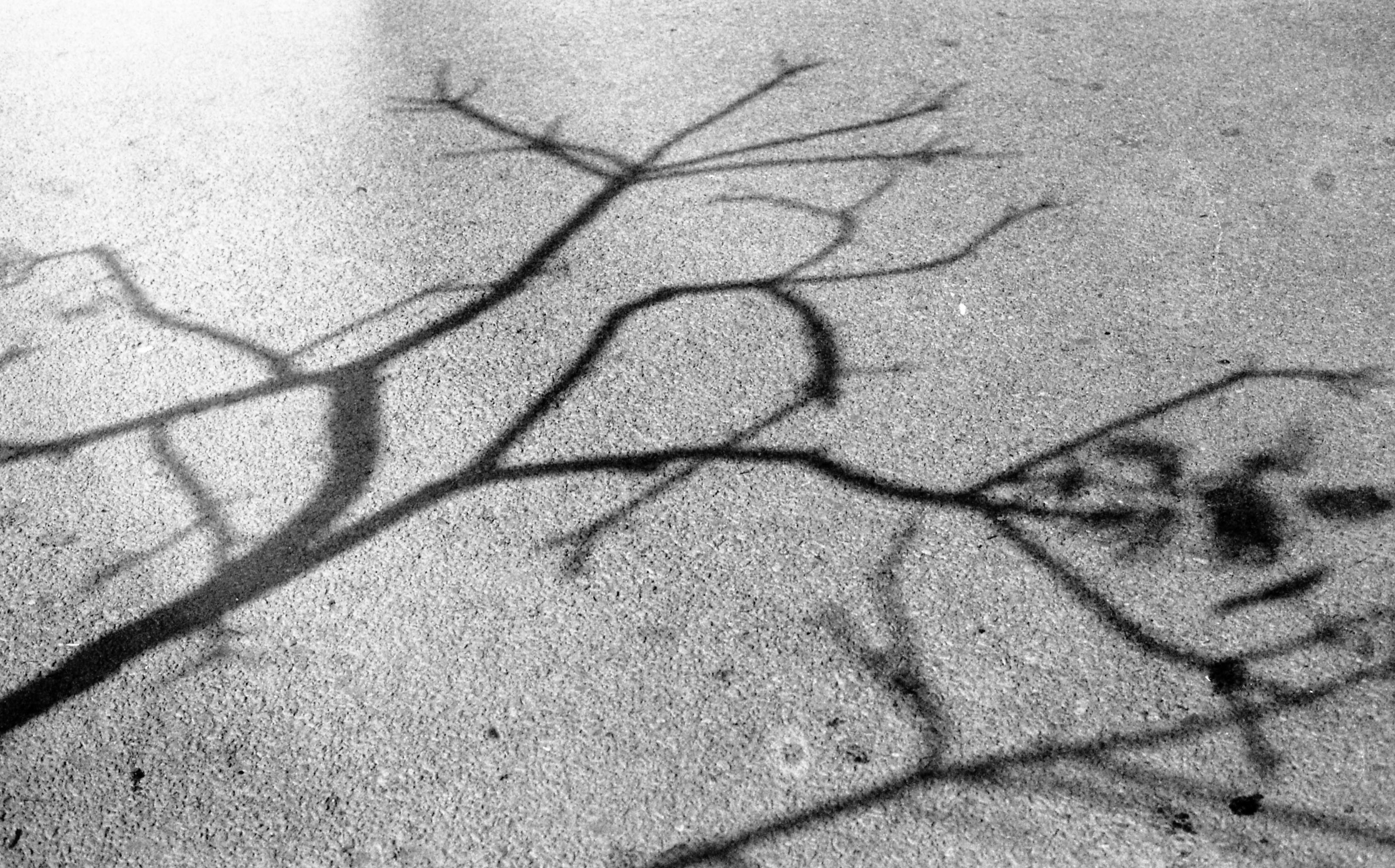
The Book of Disappearance is a 2014 novel written by Palestinian author Ibtisam Azem, which was translated from Arabic to English by Sinan Antoon, an Iraqi poet and novelist. Artist and writer Nourhan Maayouf returns to this book in early 2024, in a context which demands a new reading due to the continuing genocidal campaign in Gaza.1
This book takes us to present-day Jaffa and Tel Aviv through the lens of magical realism, delving into the lives of Palestinians who have chosen to remain in the occupied lands and their complex relationship with Israeli settlers. The story follows Alaa, a Palestinian cameraman from Jaffa, and his friend Ariel, a Jewish-Israeli journalist. The central event in the novel is the sudden disappearance of all Palestinians in Israel, including Alaa, despite their intentions to continue resisting the occupation. The reason behind this mysterious disappearance is never revealed, but the focus shifts to its impact on Israel.
The disappearance evokes various emotions among Israelis, including fear, anticipation, and disbelief. Many Israelis are haunted by the idea of Arabs returning for revenge, while others feel the urge to continue with their lives and assert control over the land. They accuse the Palestinians of betrayal for disappearing, and the Israeli government declares that those who do not reappear within 48 hours will be barred from entering the country, with their properties transferred to the state. The disappearance of the Palestinians questions the depth of relationships between Palestinians and Israeli settlers. For instance, after Alaa had disappeared, Ariel searched Alaa’s apartment to look for him and gradually found solace in staying in his apartment and reading his personal diaries. Through these diaries, Ariel discovered Alaa’s true feelings about the occupation, which infuriated him: “He kept calling us white! Where is he now? Where is Alaa?”

The Book of Disappearance questions the identity of the colonizer that has always been established based on “the other.” After Ariel comes to terms with the disappearance of the Palestinians, he starts listening to whispers and door rattles in Alaa’s apartment. The identity of the colonizer is based on ghosts of the past and cannot exist without them, the book provokes a question about what would happen if it were the other way around. If the colonizer disappeared, how would the colonized create their identities?
The novel fulfills the wishful thinking of colonizers who desire the disappearance of Palestinians. It brings to mind the statement by Golda Meir, Israel's prime minister from 1969 to 1974, that "there was no such thing as Palestinians" and other sentiments that still ring true today. In light of the ongoing ethnic cleansing in Gaza, the novel can be devastating for many Arab readers. However, their position is strengthened when Israelis in the novel are faced with fear due to the vanished Palestinians. Disappearance, unlike death, triggers curiosity and fear, as opposed to the certainty of death.
The novel raises broader themes present in literature, films, and contemporary art practices that address decolonization. However, these methods often reinforce the weak position of the global South and perpetuate the acceptance of the colonial system with the guilt and discomfort of the oppressor seen as a victory rather than real gains. This work is also subject to the changing contemporary conditions and relations in the region. Reading the novel during a genocide where the actual disappearance (as well as death) of people is happening on a major scale is different from reading it before, despite the perpetual brutality of occupation since 1948.
The Book of Disappearance is based on the premise of the disappearance of Palestinians but urges us to consider whether colonization can ever truly disappear. For the time being, it remains in the realm of magical realism and theories of decolonization. Reading this book in 2024, with the ongoing atrocities in Gaza only makes understanding colonial identities and entanglements more urgent, and creates an ever more painful call for a free Palestine from the river to the sea.